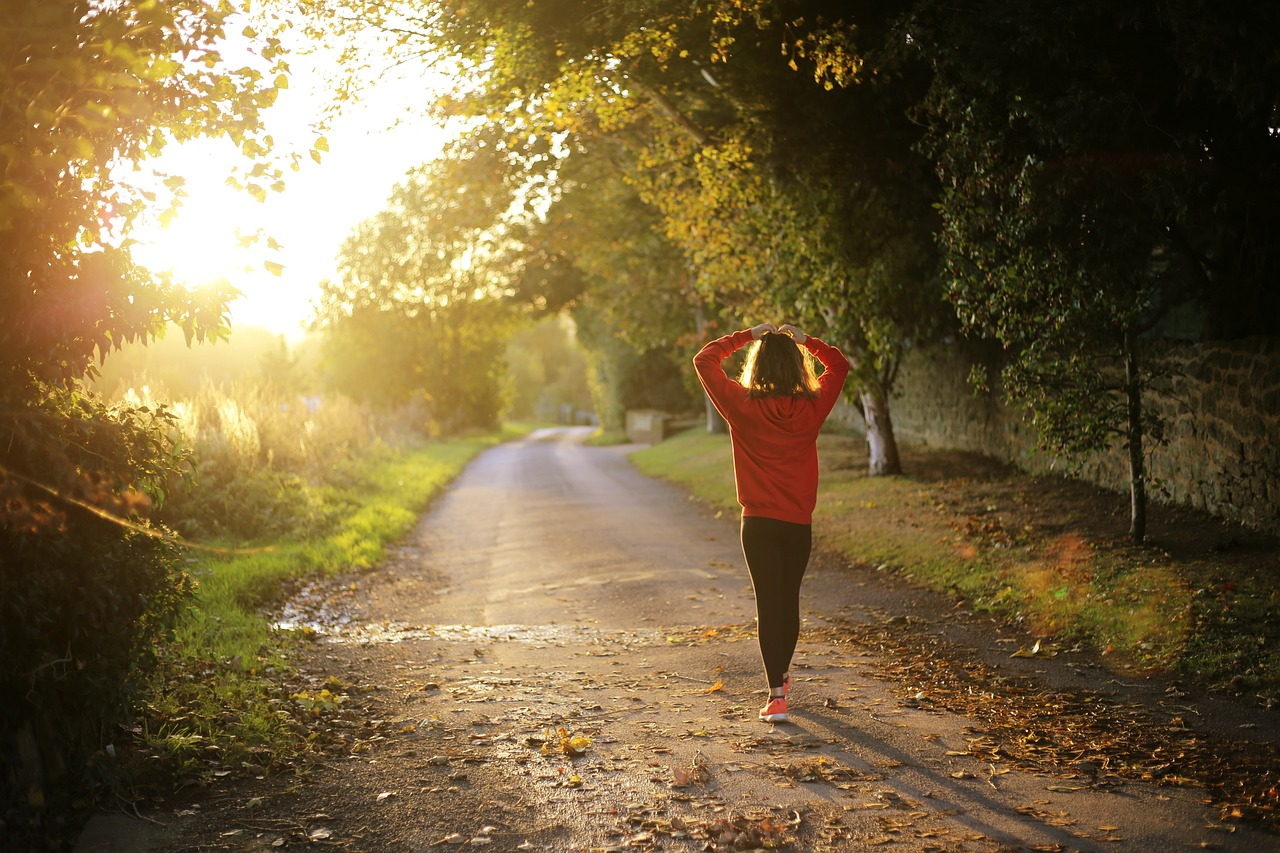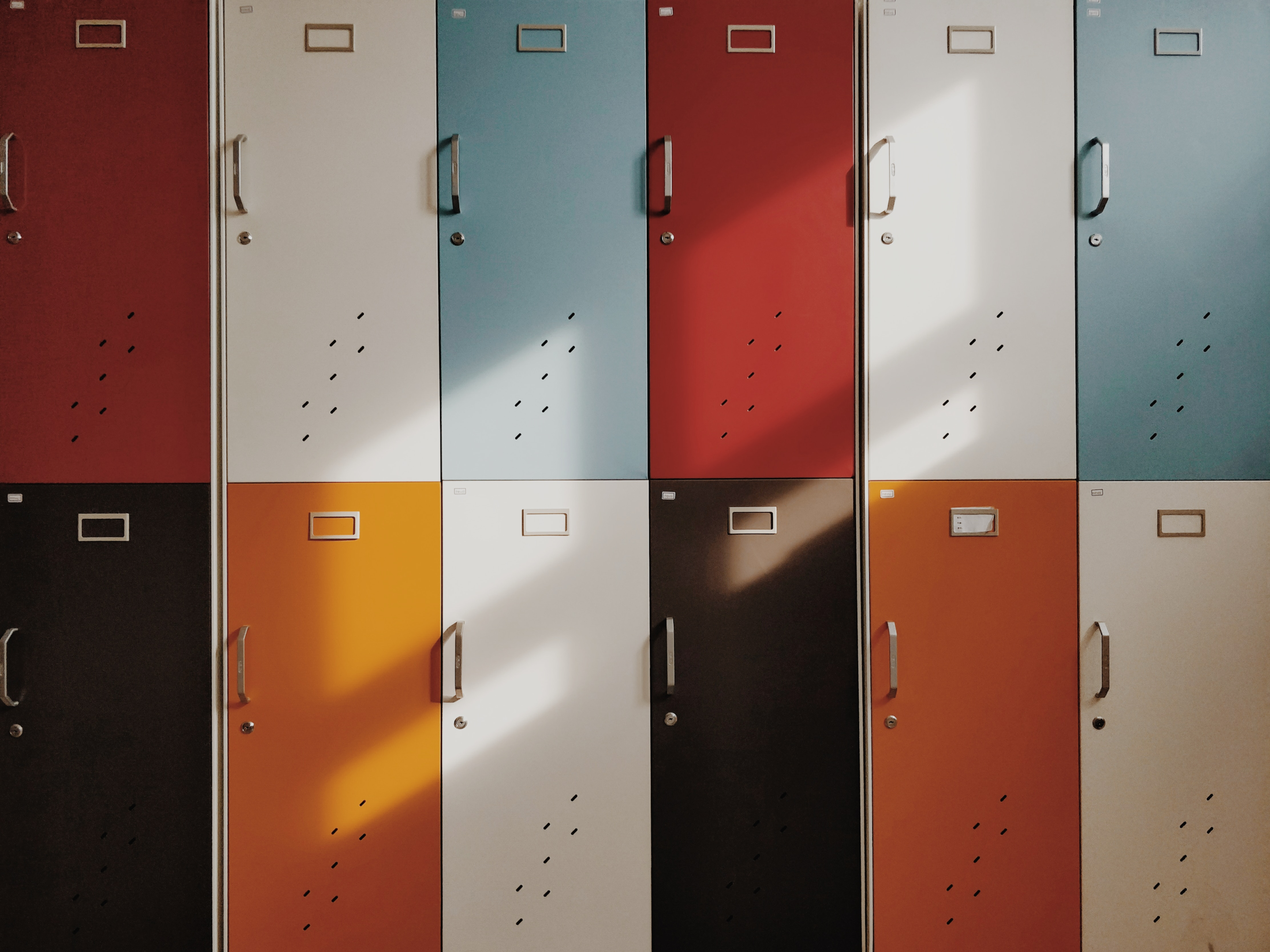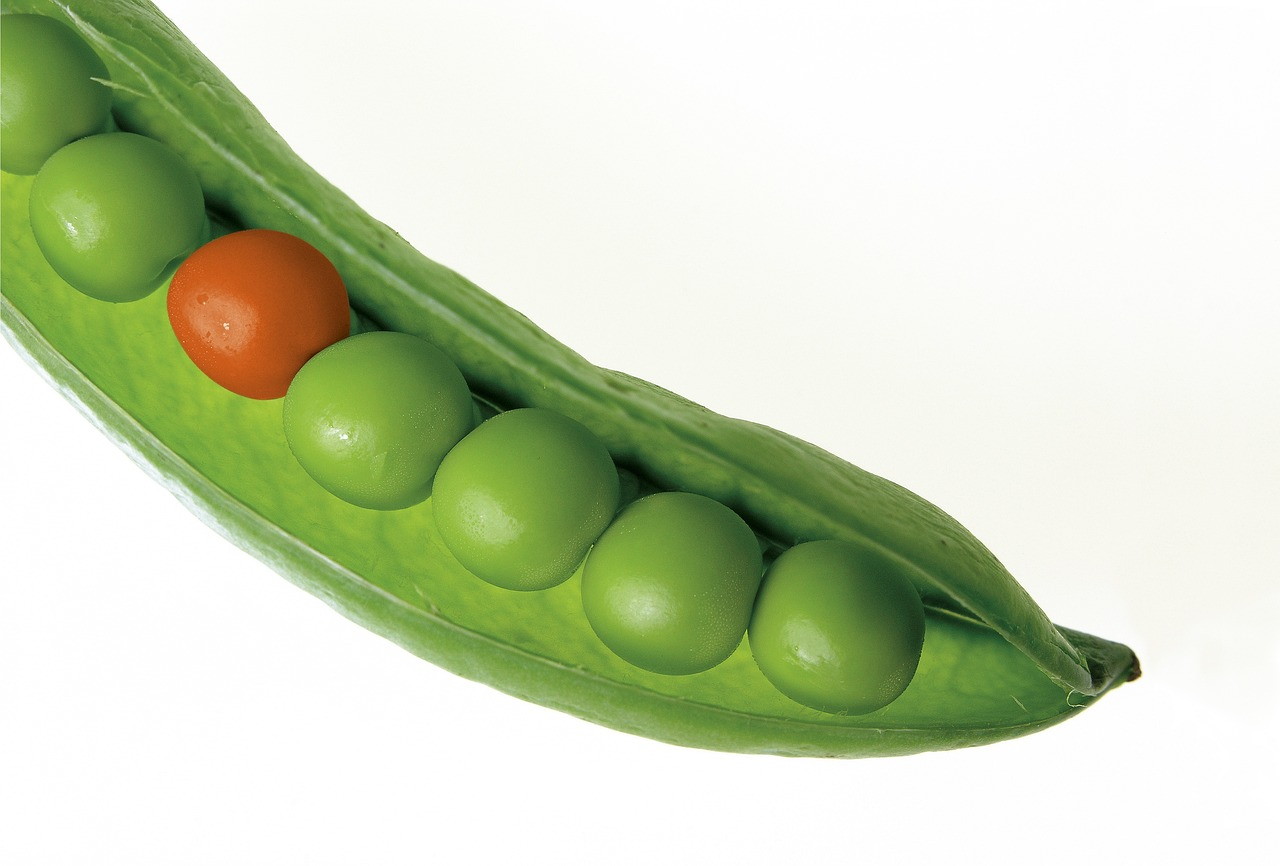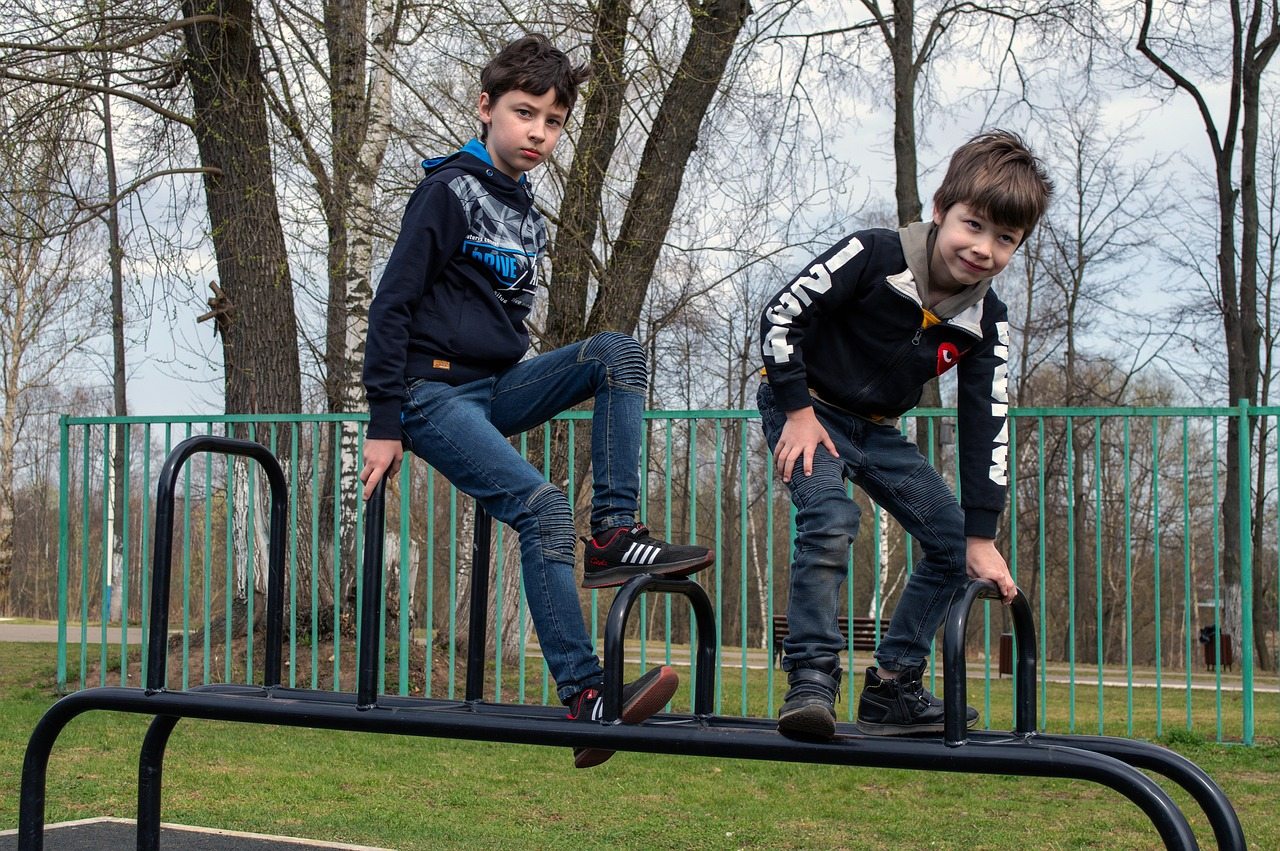

Introduction
Physical literacy is not just about engaging in various physical activities; it’s about developing the motivation, confidence, physical competence, knowledge and understanding to value and take responsibility in physical activity for life (IPLA, 2017). In this blog post, we’ll explore the importance of using assessment to chart the progress of each child or young person’s physical literacy journey.

The importance of physical literacy assessment
The importance of physical literacy for healthy active living is becoming increasingly recognised by policy makers, physical education teachers and the public as national health and wellbeing is reaching a crisis point. Physical education plays a vital role in promoting physical literacy. When physical education is guided by the principles of physical literacy, it can encourage school aged children to become physically active guided by a framework that promotes physical activity throughout life. But how can physical education teachers use assessment to help nurture physical literacy? Currently, assessment tends to focus just on physical competence, and pays less attention to other domains and fails to consider each individual’s unique embodied potential. For quality physical education that encourages students to value and invest in physical literacy, their holistic physical literacy development should be charted collaboratively so that they take ownership of their learning.

Assessment of physical literacy
Essential points to remember
How do you chart progress in physical literacy? Before planning your approach to physical literacy assessment, it is important to remember the following key principles of physical literacy informed practice
- Key Principle 1: The Individual. The individual should be at the heart of physical literacy and therefore at the heart of PE pedagogy (Whitehead, 2010).
- Key Principle 2: Promoting Motivation. PE teachers should seek to create learning environments that are autonomy-supportive, and mastery focused. Practitioners should be enthusiastic and encourage all participants to engage in their work and make progress in physical activities.
- Key Principle 3: Confidence. It is essential that participants’ confidence in their ability to make progress in an activity is enhanced, through physical education. Achievement, progress and effort should be celebrated in order to build self-esteem.
- Key Principle 4: Physical Competence. The development of physical competence facilitated through meaningful interaction with a range of physical activity environments is essential to encourage effective participation. Learners need time to practice and refine what they are learning, thus providing the opportunity for real progress, for movement patterns to be established and for perceptions of competence to be acquired.
- Key Principle 5: Developing Knowledge and Understanding. Promoting knowledge and understanding is integral to engaging individuals in physical activities.
- Key Principle 6: Devolving Responsibility. By integrating and internalising key skills related to ‘taking responsibility’, students develop structure and clarity for their lives, values and inner-discipline. The ability for students to take responsibility for their participation is essential to establish life-long participation in physical activity.
- Key Principle 7: Using Feedback/Charting Progress as a Motivational Tool. Providing positive feedback based on competence (mastery) was shown to encourage optimal intrinsic motivation from students in relation to their continued engagement in physical activity (Mouratidis et al., 2008). Judgements made should therefore be autonomous, criterion referenced and ipsative (related to previous judgements) in nature. When possible, students should be involved in co-construction of assessment tasks and criteria, along with self-assessment and presenting evidence of their own learning.
(Durden-Myers, Green and Whitehead, 2018)

Summary
With these key principles in mind, the student should be at the centre of assessment and feedback should be motivating and confidence building, they should be given the time to refine movement, and they should be involved in the assessment process.
There are a number of approaches to charting physical literacy journeys. Standardised assessment tools can be used to measure physical literacy skills and informal physical literacy assessment can observe and discuss individual participation, habits and interest in physical activity. It has been demonstrated through educational research that individual’s perceived and actual levels of literacy can differ. Physical literacy assessment should always incorporate a variety of methods to provide a holistic picture and should set mutually agreed goals for progress.
Charting physical literacy progress through assessment tools
Standardised physical literacy assessment tools can be used in physical education settings to measure movement skills, knowledge and confidence over time. When using standardised assessment tools it is important to select those that are appropriate for each individual student. Some tools also are critiqued so it is important to research each one before trialling in your school.
PLAY fun
PLAYfun assesses key movement skills in physical education settings (elementary and secondary education) from age 7 years to adult, using 18 tasks that cover a variety of abilities required for physical competence. These abilities are measured on the scale, Initial, Emerging, Competent and Proficient.
PLAYfun is divided into five subsections: Running, Locomotor, Object Control – Upper Body, Object Control – Lower Body, Balance, Stability & Body Control
This tool provides a baseline assessment of physical literacy level. The assessor must have knowledge and understanding of movement and motion analysis so that they can accurately assess technique and identify gaps in development. Identified gaps should lead to collaboratively established goals with the student and a realistic path to achieving them.
Fundamental Movement Skills (FMS) Assessment Tool
The Fundamental Movement Skills (FMS) assessment tool was built to assess a child’s motor competence from Early Years to Year 8 (elementary and secondary education). It can be used by classroom teachers without specialist knowledge to Assess, Show, Teach and Activate fundamental movement skills. The tool also allows the students to self or peer-evaluate. If you sign up to an FMS account, you can create profiles for each child so that you have an ongoing record of their physical literacy journey.
Passport for Life
Passport for Life is a free online physical literacy assessment programme for school aged children. Classroom teachers or PE teachers can assess four primary components of physical literacy:
Active Participation This monitors both formal and informal physical activity in and outside of school.
Living Skills This assesses motivations towards making healthy active choices for oneself, others and the environment.
Fitness Skills Examines balance, core strength and aerobic endurance.
Movement Skills Examines throwing, catching, kicking, and locomotion.
To chart progress, each student receives a printable passport reporting their own physical development along with suggestions about how they can improve their physical literacy.
Canadian Assessment of Physical Literacy
The CAPL-2 is free to use and is currently available in English, French, Spanish and Chinese. The CAPL-2 questionnaire evaluates self-perceived participation in moderate-to-vigorous physical activity as well as domains of motivation/confidence and knowledge/understanding.
Additional standardised assessment tools
If you wish to read about further tools or research case studies that use standardised assessment of physical literacy, please click on any of the following links:
- A speech database for assessing physical competence
- Psychometric Validation of Senior Perceived Physical Literacy Instrument
- A Perceived Physical Literacy Instrument for Physical Education Teachers
- A Perceived physical literacy instrument for adolescents
- The relationship between physical literacy scores and adherence to Canadian physical activity and sedentary behaviour guidelines
- The effects of a sports oriented primary school on students’ physical literacy and cognitive performance
- The Preschool Physical Literacy Assessment Tool: Testing a New Physical Literacy Tool for the Early Years
- Development of the Physical Literacy Environmental Assessment (PLEA) Tool

Summary
Standardised physical literacy assessment tools that are used as part of a positive feedback cycle can be very beneficial, particularly for providing baseline assessment. It is important though that standardised assessment of physical literacy is carried out by qualified physical and health educators. It is also important to keep in mind the holistic nature of physical literacy and some of these tools only provide part of this holistic picture.
Informal assessment of physical literacy and methods to chart progress
Standardised assessment can progress students’ knowledge and understanding of physical literacy, as well as encourage the motivation and confidence to partake in physical activity. Informal assessment can encourage holistic development of all domains of the physical literacy concept by examining student perception of their physical literacy so that any barriers or motivators for participation can be identified.
There are various methods for assessing physical literacy, and the choice of method may depend on age, goals, and the level of formality needed. Informal assessment might include any of the following:
Informal Observation
Observed physical literacy is often used with children and young people and involves observing them during play or physical activities. Informal observed physical literacy assessment can provide valuable insights into a student’s movement abilities and areas that may need attention.
Self-Assessment
Student of all ages can be involved in their assessment of physical literacy by reflecting on their confidence and competence in various activities. Self-assessment helps in setting personal goals and understanding strengths and weaknesses.
Set Specific Goals
Physical literacy assessment involves clear goal setting. The student should clearly define what they wish to achieve with the help of their teacher. Whether it’s mastering a specific movement skill, increasing their fitness level, or participating in a sport, having specific goals is crucial.
Use Tracking Tools
Charting progress involves keeping records. As well as report cards and data sheets, there are various tracking apps or wearable devices that can motivate students by monitoring their physical activity.
Celebrate Progress
As each student reaches their goals or achieves milestones, celebrate their achievements. Recognising progress can be a significant source of motivation.
Adjust the Plan
If students are not making the desired progress, be willing to adjust your approach.

Summary
Informal physical literacy assessment should be conducted in an unstructured and everyday context. Informal assessments may include teacher observations, self-assessment, or peer evaluations. These assessments provide valuable insights into a person’s relationship with movement, helping to identify strengths and areas for improvement, and can inform the development of tailored physical education offer. They emphasise of a holistic view of physical competence, motivation, confidence and knowledge and understanding is essential.
Conclusion
In conclusion, the assessment and charting of physical literacy progress in physical education, is essential for fostering lifelong engagement in physical activity. Embedded effective and motivational assessment strategies in physical education, can provide valuable insights into students’ strengths and areas for development, motivations and hurdles, ultimately guiding the development of personalised physical education offer. By recognising the importance of assessing physical literacy and charting progress, we can empower students to make informed decisions about their physical literacy goals, identify areas for improvement, and celebrate their achievements in being physically active. This holistic approach to physical education promotes a commitment to health and physical activity throughout the life course.

Further information
Blogs
Read the previous insights in this series
- What is Physical Literacy?
- The four components of Physical Literacy
- The benefits of Physical Literacy
- Physical Literacy informed PE
- How to develop and nurture Physical Literacy
PE Scholar provide many physical literacy inspired resources including lesson plans, courses and the highly acclaimed Primary and Secondary Concept Curriculum.
The resources and insights below help you track your students’ progress in PE.
Assessment in PE bitesize course
Head Heart Hands KS3 Tracker resource


[…] Navigating the Path to Physical Literacy: Assessment and Charting Progress insight […]